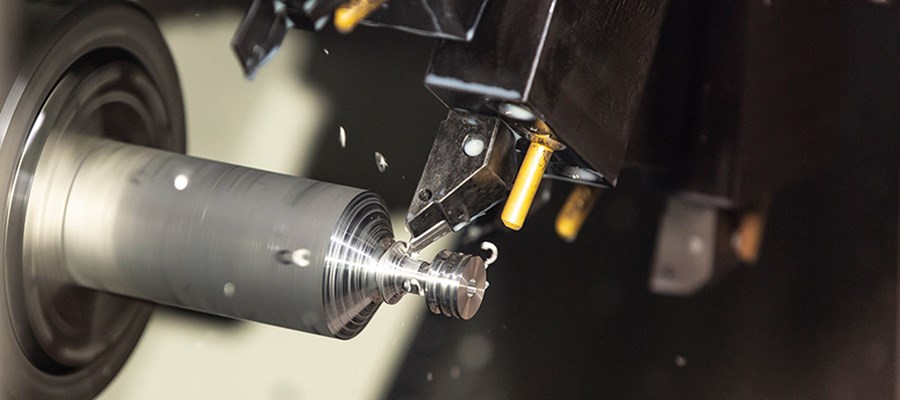
(1) The tool should be ground and sharpened diligently to ensure that as little cutting heat as possible is generated during its processing.
(2) Equipment, knives, tools and fixtures should be kept clean and chips should be removed in time.
(3) Use non-combustible or flame-retardant tools to transfer titanium chips. Store disposed debris in a non-flammable container well covered.
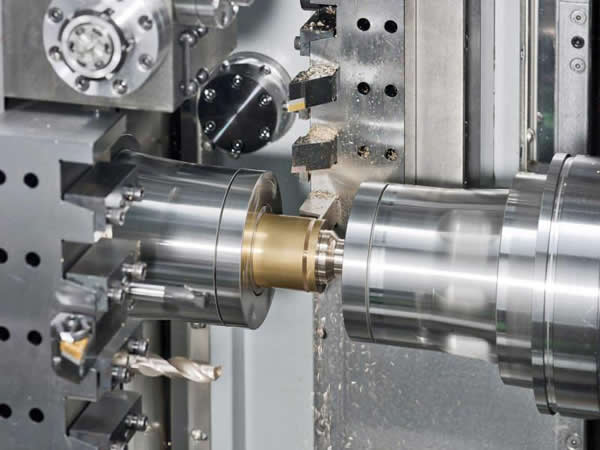
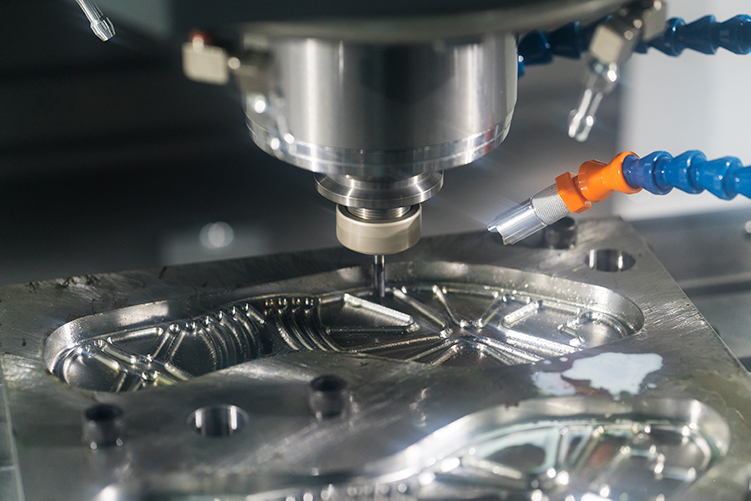
(4) Clean gloves should be worn when operating cleaned titanium alloy parts to avoid sodium chloride stress corrosion in the future.
(5) There are fire prevention facilities in the cutting area.
(6) During micro-cutting, once the cut titanium chips catch fire, they can be extinguished with dry powder fire extinguishing agent or dry soil and dry sand.
Compared with most other metal materials, titanium alloy machining is not only more demanding, but also more restrictive. However, if the proper tool is used correctly and the machine tool and configuration are optimized to the best condition according to its machining requirements, satisfactory machining results of titanium alloys can also be obtained.
Pressure machining of titanium alloys is more similar to steel machining than to non-ferrous metals and alloys. Many process parameters of titanium alloys in forging, volume stamping and sheet stamping are close to those in steel processing. But there are some important features that must be paid attention to when press working Chin and Chin alloys.
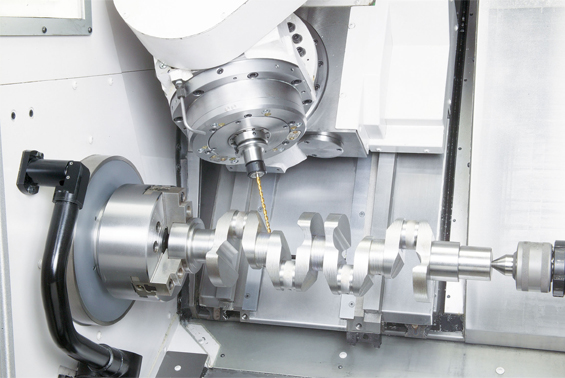
Although it is generally believed that the hexagonal lattices contained in titanium and titanium alloys are less ductile when deformed, various press working methods used for other structural metals are also suitable for titanium alloys. The ratio of the yield point to the strength limit is one of the characteristic indicators of whether the metal can withstand plastic deformation. The larger this ratio, the worse the plasticity of the metal. For industrially pure titanium in the cooled state, the ratio is 0.72-0.87, compared to 0.6-0.65 for carbon steel and 0.4-0.5 for stainless steel.
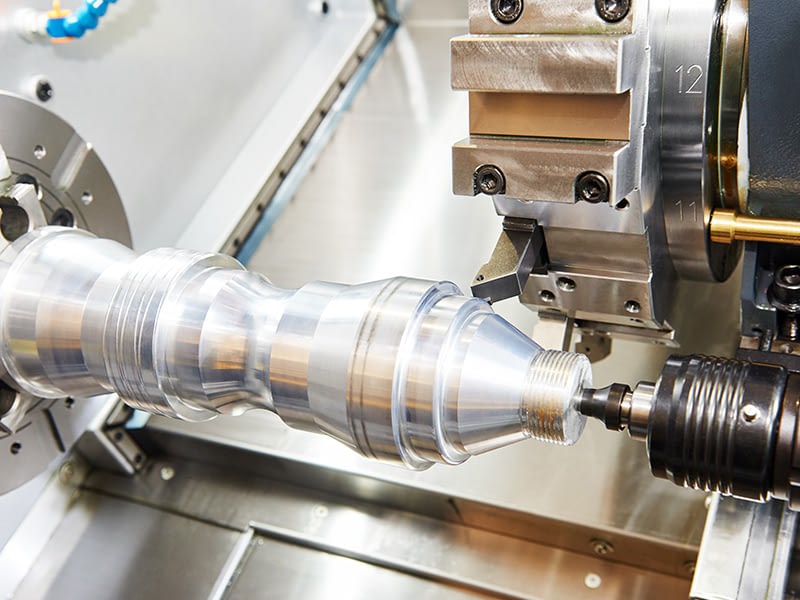
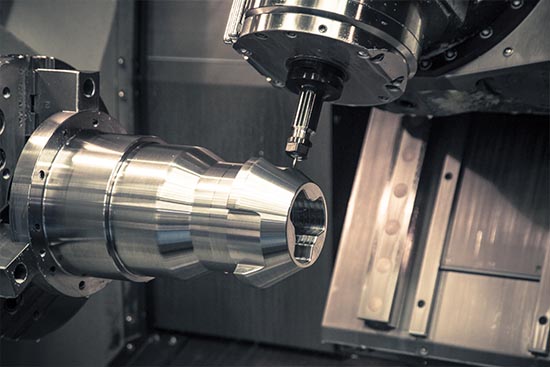
Volume stamping, free forging and other operations related to the processing of large cross-section and large size blanks are carried out in the heated state (above the =yS transition temperature). The temperature range of forging and stamping heating is between 850-1150°C. Therefore, the parts made of these alloys are mostly made of intermediate annealed blanks without heating and stamping.
When the titanium alloy is cold plastically deformed, regardless of its chemical composition and mechanical properties, the strength will be greatly improved, and the plasticity will be correspondingly reduced.
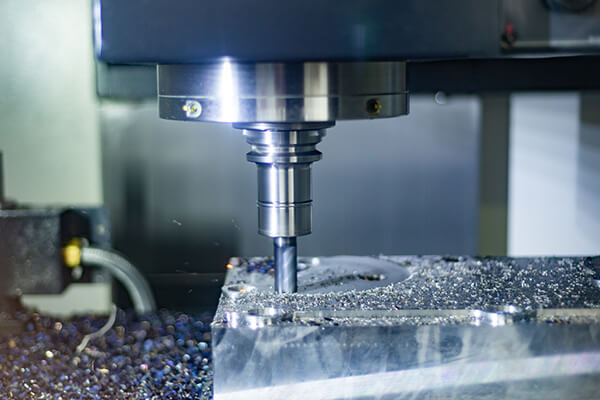
Post time: Mar-21-2022
